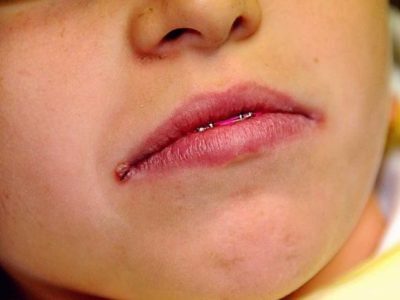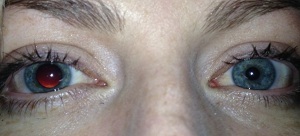 This syndrome was first described by a British physician, a neurologist named William John Adie, who observed that some people had very slow pupil responses to light and other stimuli, or completely absent.
This syndrome was first described by a British physician, a neurologist named William John Adie, who observed that some people had very slow pupil responses to light and other stimuli, or completely absent.
A characteristic feature of Adi syndrome( also known as Adidy syndrome or tonic pupil) is that there is degeneration of the neurons of the ciliary ganglia. This leads to the appearance of abnormalities in the innervation of the pupil and the muscle of the eyelash. That entails a deterioration in the connection between the organ and the central nervous system.
Causes of a disorder
The syndrome of Adi may be congenital or acquired. The causes that cause both variants of the syndrome development are considered the same. The disorder is most often manifested in middle-aged women, on average fluctuating at around 30-35 years.
Not all is known about the Holmes syndrome of Adi at this time, but it is believed that the main causes of its development are such diseases: 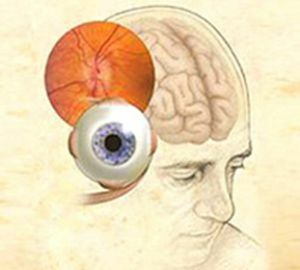
- congenital myotonia;
- ocular herpes;
- progressive atrophy of the muscles of the eye;
- possible inflammation of the brain and its membranes( meningitis, encephalitis).
The difference between the work of disease-affected pupils from a normally functioning organ is that they can very slowly, or at all, not react to a change in the light regime around. Also, the development of the syndrome leads to a deterioration and vagueness of vision.
Mechanism of the onset and development of the
syndrome As already mentioned above, at the moment physicians can not give an unequivocally clear answer to the question what exactly this syndrome is caused. According to numerous observations, it was concluded that its characteristic features are very similar to cases in which a person has a degradation in the work of the ciliary ganglia, which are responsible for the connection of the eye muscles with the nerves present in it. Above, the most probable causes of the appearance of the tonic pupil were listed.
That is, the problem of the disease is unambiguously that the nerves and muscles in this system cease to perform their function correctly and either are unable to perceive the signals of the external world adequately or are unable to transmit them to the central nervous system.
When a person becomes infected with infections that act negatively on the work of the ciliary ganglia, or if there is a destructive mechanical effect, for example, all kinds of injuries, then similar symptoms are observed, as in the case of the syndrome of Adi.
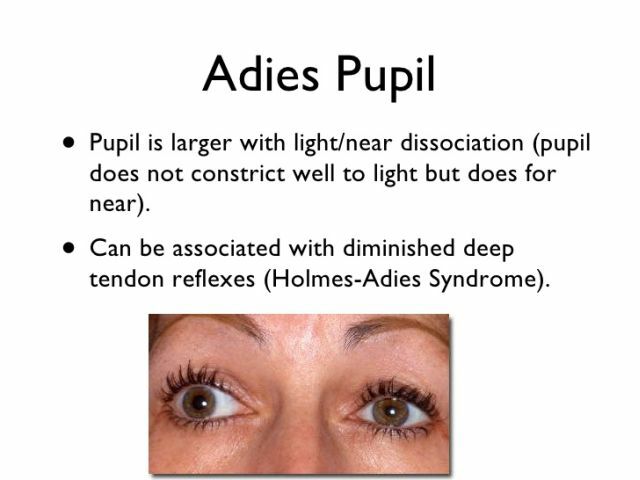
Difference between the syndromes of Eddie and Argyle
In the field of eye diseases of neurological nature Argyle Robertson syndrome is also widely known. It is also characterized by the fact that pupils lose the ability to respond to the presence of light sources. However, there still remains the ability to focus on objects at different distances and the ability to respond to an approaching object.
Most often, the syndrome is diagnosed in patients who suffer from neurosyphilis. In the early stages of the disease can manifest itself rather weakly, when syphilis acquires a late, developed form, becomes apparent.
The syndromes of Eidi and Argyle are not to be confused with each other, as they are not the same thing. In the case of Argyll syndrome, the cause of the problem is clearly the infection of the body with syphilis, that is, infection. It is she, gradually developing and spreading through the body, and leads to this result.
If we talk about the syndrome of Addi, the reasons for its occurrence lie completely in a different plane, although they have a very similar end result.
Clinic and Diagnosis
The main symptoms that indicate a tonic pupil are:
- Very slow response of pupils to light changes .Even if you directly shine a bright light source in your eyes, for example, a flashlight, the same picture of inhibition of the reaction will be observed. In some cases, a complete absence of any reaction is possible.
- On the side where the pupil is susceptible to disease, it can be expanded and even deformed .
- Delayed response when convergence. There is no ability to focus on objects at different distances. When the patient looks at an object in the vicinity, his pupil narrows quite slowly.
- A detailed examination observes such phenomena as: increased sensitivity to vagotrophic poisons, paralysis of the spine of the iris .
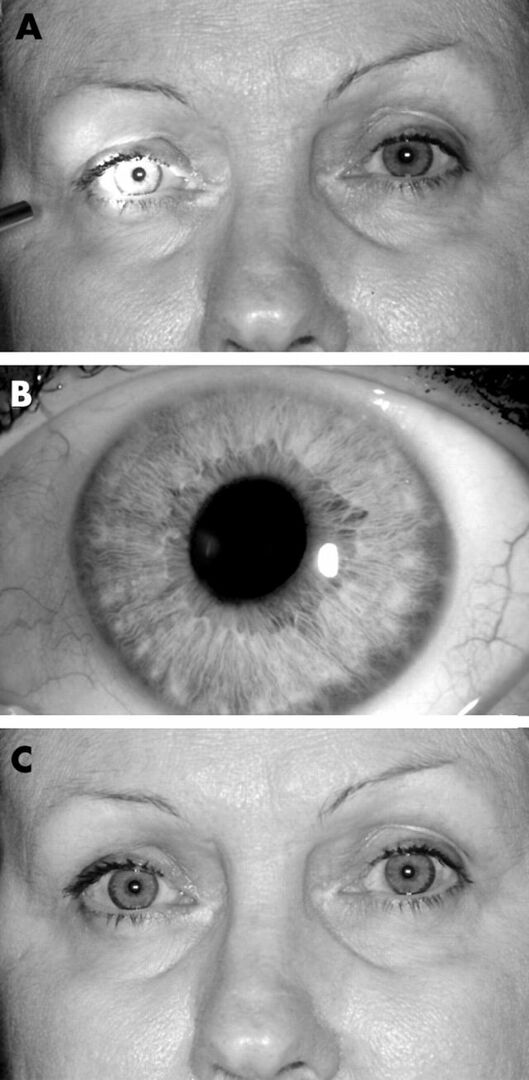
The photo shows a clear lack of response of the pupil to light
In the presence of such symptoms it is desirable to consult specialists who will conduct the diagnosis and check whether the disease is actually present.
Two methods are used for diagnostics:
- Exploration with slotted lamp .
- Use of the preparation Pilocarpine .It drips into the eyes and the reaction of the pupils is observed after about 25-30 minutes. A healthy eye ignores this substance, the patient will give himself out by narrowing the pupils.
These are the main methods of diagnosing this disease.
Principles of treatment of
 The following methods are used to treat the syndrome and reduce the symptoms of its symptoms.
The following methods are used to treat the syndrome and reduce the symptoms of its symptoms.
Treatment of the already mentioned Polycarpin. Regularly burying their eyes, you can achieve some improvement in their condition. Doctors attribute the patient special glasses for reading, which perform the correction of existing violations.
In case of additional symptoms of the disease and accompanying abnormalities, other means and methods for therapy may be used.
It should be noted that the predictions for this disease are positive - the syndrome of Adi is safe and does not prevent a person from living normally. There were no deaths among patients with this disorder.


